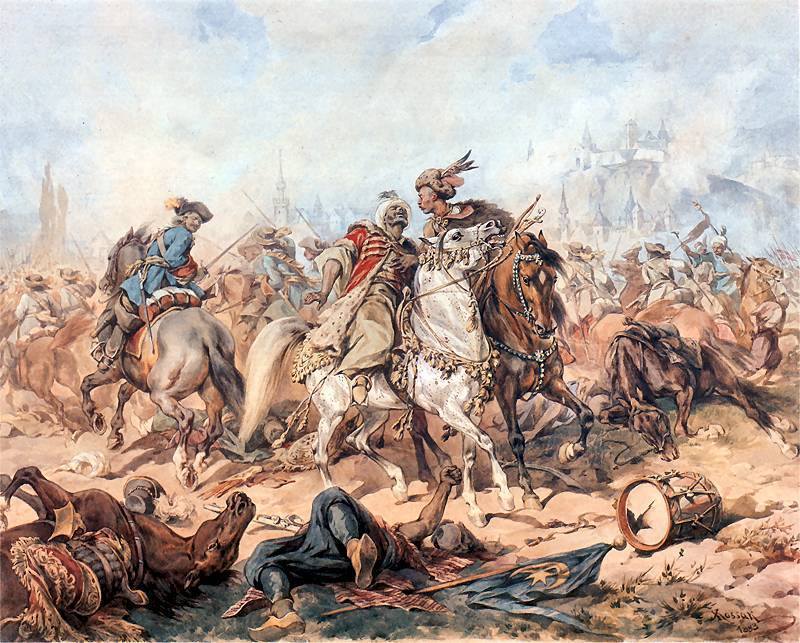

Ferdinand's claim to the throne of Hungary was further strengthened by his marriage to Anne, the sister of King Louis II and the only family member claimant to the throne of the shattered Kingdom. The Kingdom of Hungary now bordered the Ottoman Empire and its vassals.Īfter King Louis II of Hungary was killed at the Battle of Mohács in 1526, his widow Queen Mary of Austria fled to her brother the Archduke of Austria, Ferdinand I. However, the defeat of these and other rebellious vassal states opened up Central Europe to Ottoman invasion. įor a while the Ottomans were too busy trying to put down Balkan rebels such as Vlad Dracula. The Crusades of Nicopolis (1396) and of Varna (1443–44) marked the most determined attempts by Europe to halt the Turkic advance into Central Europe and the Balkans. Naturally, the Ottoman Wars in Europe attracted support from the West, where the advancing and powerful Islamic state was seen as a threat to Christendom in Europe.

While the Habsburgs were occasionally the Kings of Hungary and Emperors of the Holy Roman Empire (and almost always that of the Holy Roman Empire after the 15th century), the wars between the Hungarians and the Ottomans included other dynasties as well. Main articles: Byzantine–Ottoman wars and Ottoman–Hungarian Wars Battle of Nicopolis (1396) from the Passages d'outremer Rothenberg has emphasized the non-combat dimension of the conflict, whereby the Habsburgs built up military communities that protected their borders and produced a steady flow of well-trained, motivated soldiers. Nevertheless, the Ottomans were able to maintain military parity with the Habsburgs until the middle of the eighteenth century. The key advance made by the Europeans was an effective combined arms doctrine involving the cooperation of infantry, artillery and cavalry. Recent historians have taken a broader perspective, noting that the Habsburgs at the same time resisted internal separatist movements and were fighting Prussia and France for control of central Europe. Historians have focused on the second siege of Vienna of 1683, depicting it as a decisive Austrian victory that saved Western civilization and marked the decline of the Ottoman Empire. Intermittent tension between Austria and the Ottoman Empire continued throughout the nineteenth century, but they never fought each other in a war and ultimately found themselves allied in World War I, in the aftermath of which both empires were dissolved. The wars ended after Austria's participation in the war of 1787-1791, which Austria fought allied with Russia. The Great Turkish War ended with the decisive Holy League victory at Zenta. After the siege of Vienna in 1683, the Habsburgs assembled a large coalition of European powers known as the Holy League, allowing them to fight the Ottomans and to regain control over Hungary. Later, the Peace of Westphalia and the Spanish War of Succession in the 17th and 18th centuries respectively left the Austrian Empire as the sole firm possession of the House of Habsburg.

Initially, Ottoman conquests in Europe made significant gains with a decisive victory at Mohács reducing around one third (central) part of the Kingdom of Hungary to the status of an Ottoman tributary. Meanwhile, the Ottomans had to contend with the Persian Safavid Empire and to a lesser extent the Mamluk Sultanate, which was defeated and fully incorporated into the empire. The Protestant Reformation, French–Habsburg rivalry and the numerous civil conflicts of the Holy Roman Empire distracted the Christians from their conflict with the Ottomans. The wars were dominated by land campaigns in Hungary, including Transylvania (today in Romania) and Vojvodina (today in Serbia), Croatia, and central Serbia.īy the 16th century, the Ottomans had become a serious threat to the European powers, with Ottoman ships sweeping away Venetian possessions in the Aegean and Ionian seas and Ottoman-supported Barbary pirates seizing Spanish possessions in the Maghreb. The Ottoman–Habsburg wars were fought from the 16th to the 18th centuries between the Ottoman Empire and the Habsburg monarchy, which was at times supported by the Kingdom of Hungary, Polish–Lithuanian Commonwealth, and Habsburg Spain.


 0 kommentar(er)
0 kommentar(er)
